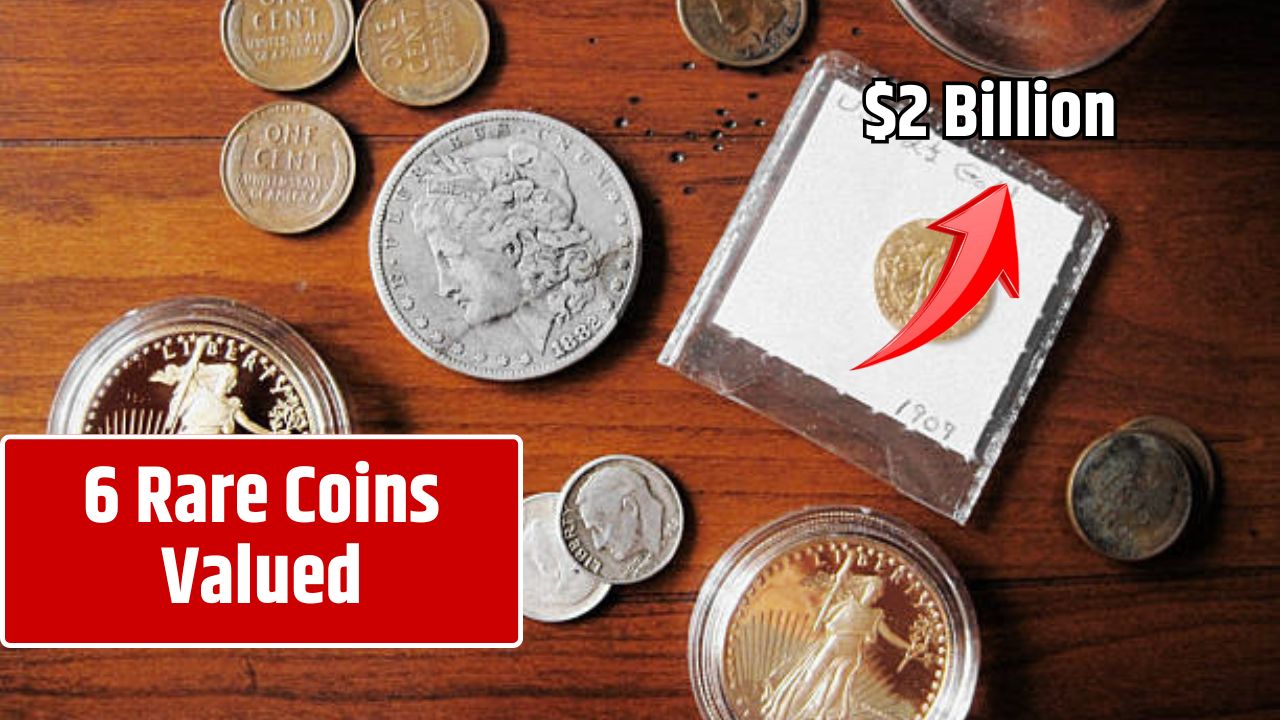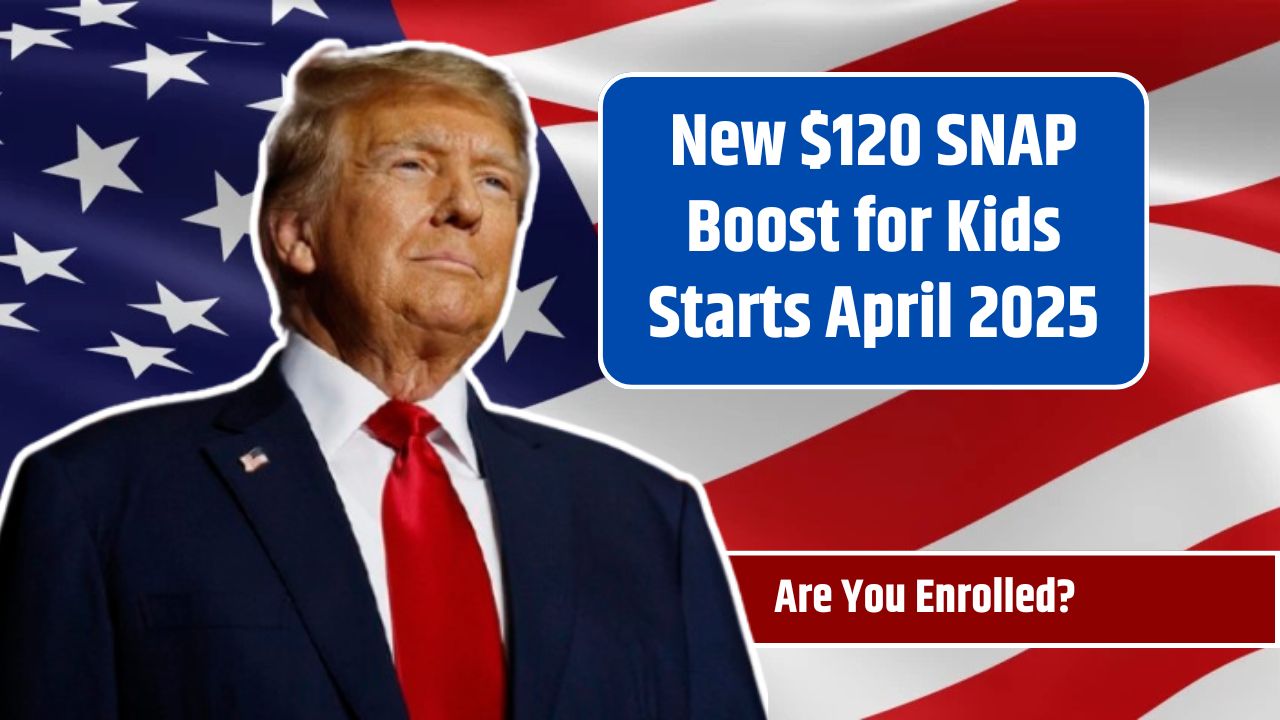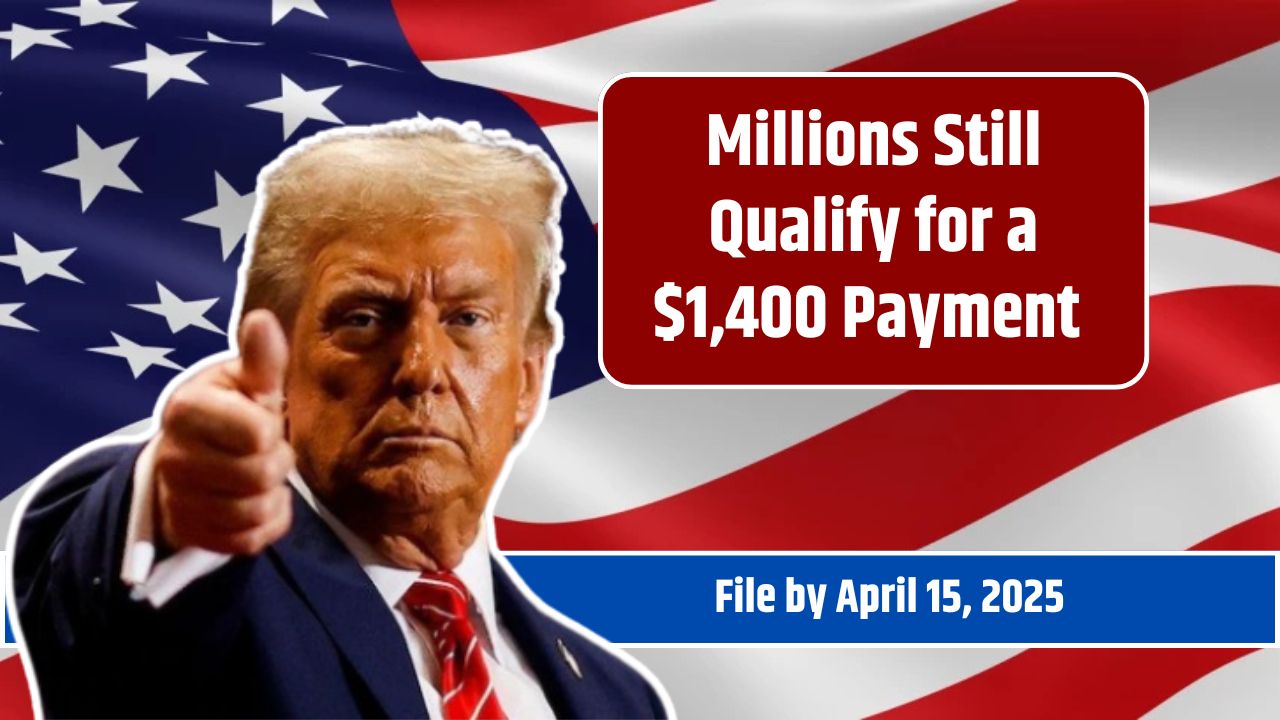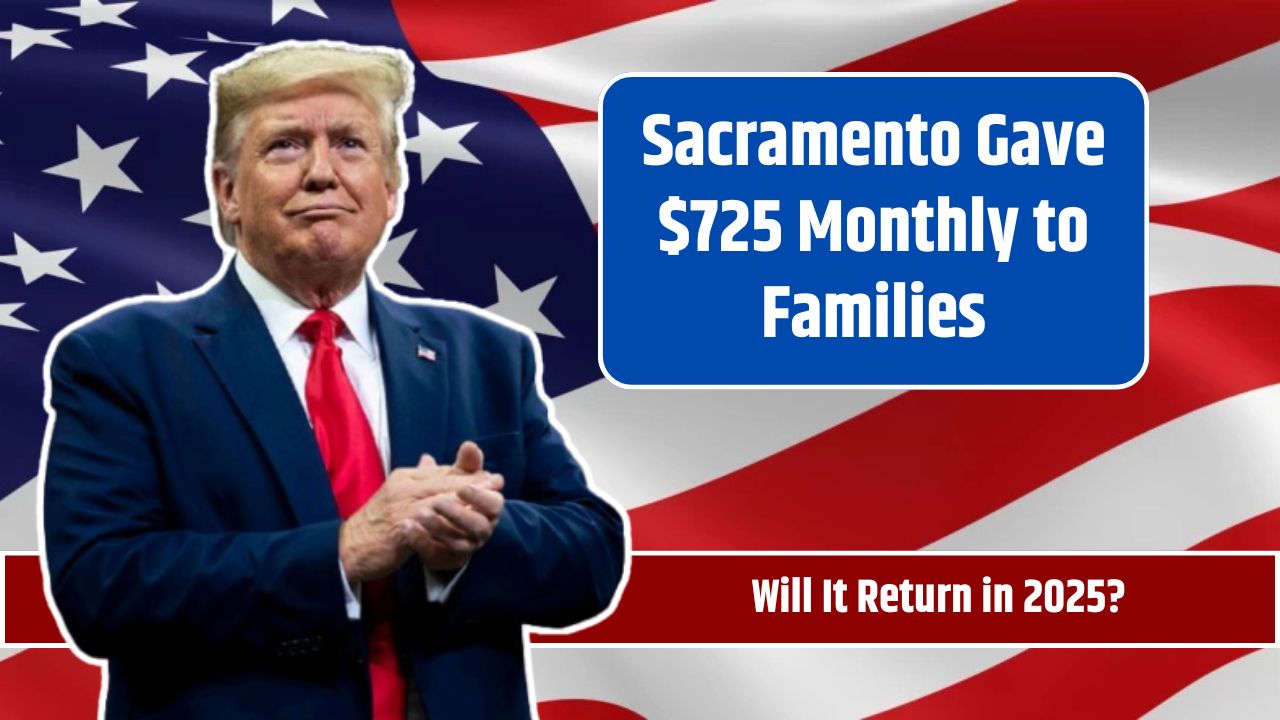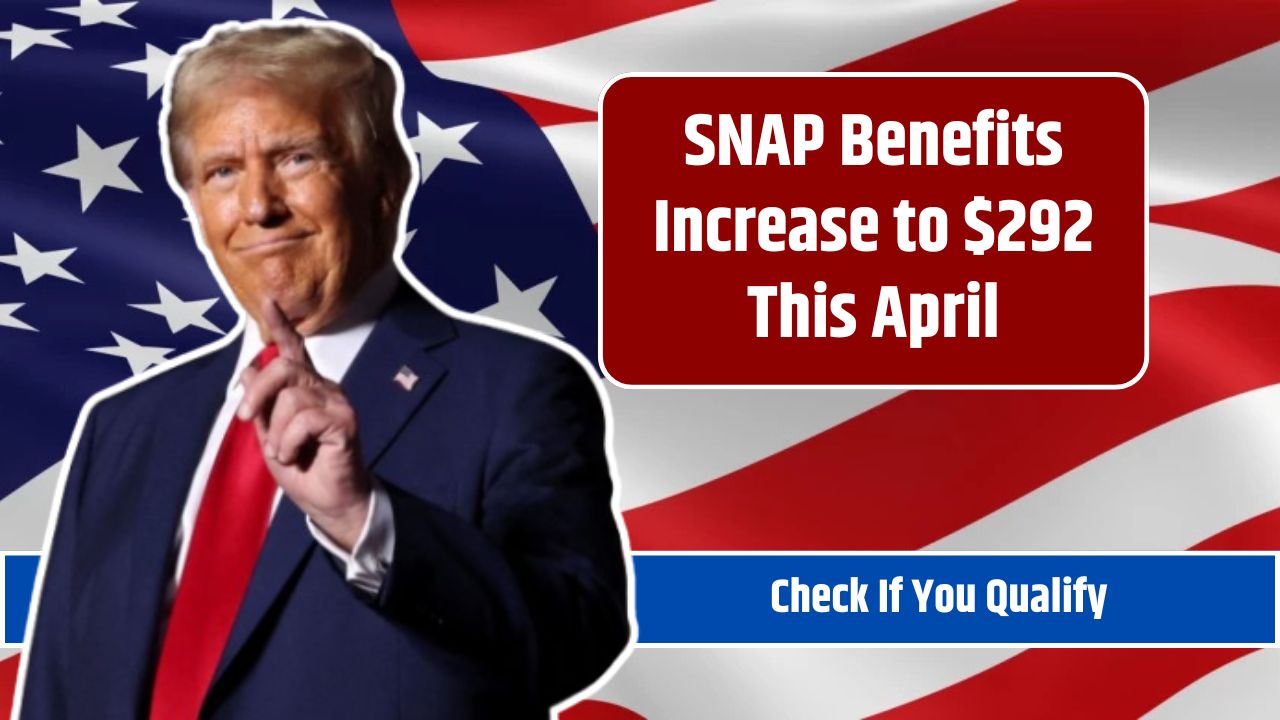Coins are more than just currency—they are pieces of history, and some are worth millions. Whether due to their rarity, historical significance, or minting errors, certain coins have become prized possessions for collectors and investors. Imagine finding a coin in your collection that could be worth $18 million!
Could you unknowingly own one of these rare treasures? Let’s explore the six rarest and most valuable coins, how to identify them, and tips for selling them.
Why Are Rare Coins So Valuable?
Rare coins aren’t just valuable because they’re old. Their worth is determined by several key factors:
- Rarity – The fewer coins in existence, the more valuable they are.
- Historical Significance – Coins from pivotal historical moments carry extra prestige.
- Minting Errors – Mistakes during production make some coins one-of-a-kind.
- Condition (Grade) – The better the coin’s condition, the higher its value.
- Collector Demand – High interest from collectors can drive up prices significantly.
The 6 Most Valuable Rare Coins
| Coin | Estimated Value | Why It’s Valuable |
|---|---|---|
| 1933 Double Eagle | $18.9 million | Nearly all were melted down; only a few remain. |
| 1794 Flowing Hair Dollar | $12 million | Possibly the first U.S. silver dollar ever struck. |
| 1787 Brasher Doubloon | $9.36 million | Privately minted by early American goldsmith. |
| 1943 Copper Penny | $1.7 million | Mistakenly struck in copper instead of steel. |
| 1913 Liberty Head Nickel | $4.5 million | No official records of its existence; only five known. |
| 2007 $1 Million Canadian Gold Maple Leaf | $4 million | Made of 100 kg of pure gold, extremely limited. |
1. The 1933 Double Eagle – $18.9 Million

Why It’s Special:
- Originally meant for circulation but melted down when the U.S. abandoned the gold standard.
- A few escaped destruction, making them incredibly rare.
- Sold for a record $18.9 million at auction in 2021.
Tip: If you ever come across a 1933 Double Eagle, get it authenticated immediately—it could be life-changing!
2. The 1794 Flowing Hair Dollar – $12 Million
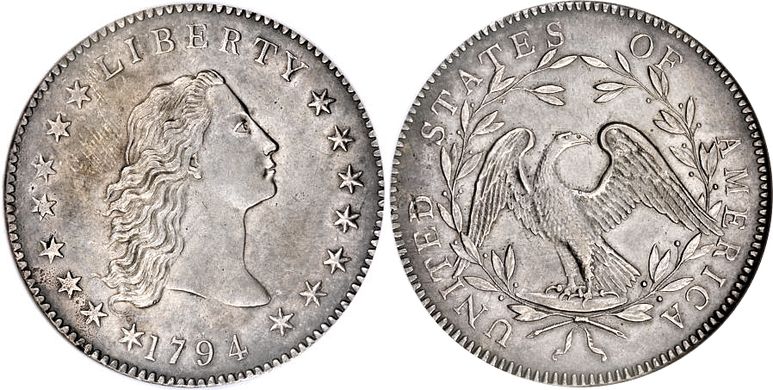
Why It’s Special:
- Thought to be one of the first silver dollars minted by the U.S.
- A crucial piece of American monetary history.
- A nearly flawless specimen sold for $12 million in 2013.
Tip: If you own an old silver dollar, check the year—it might be a 1794 Flowing Hair Dollar worth millions!
3. The 1787 Brasher Doubloon – $9.36 Million
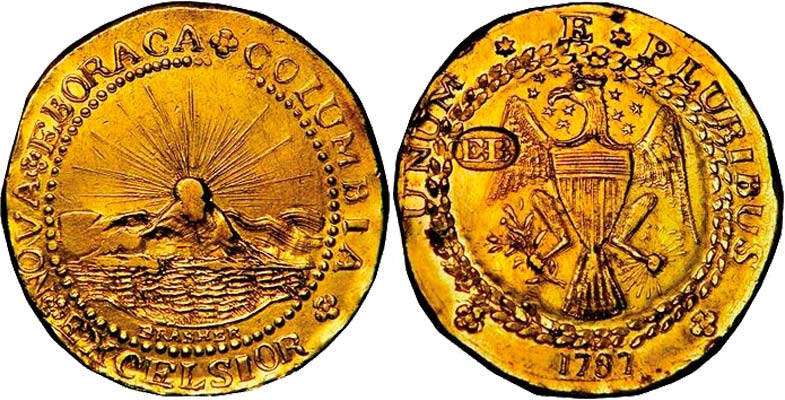
Why It’s Special:
- Privately minted by Ephraim Brasher, a skilled goldsmith.
- One of the earliest American gold coins.
- The unique “EB” punch mark makes it highly collectible.
Tip: Coins from the 1700s are always worth examining—one might be a Brasher Doubloon!
4. The 1943 Copper Penny – $1.7 Million
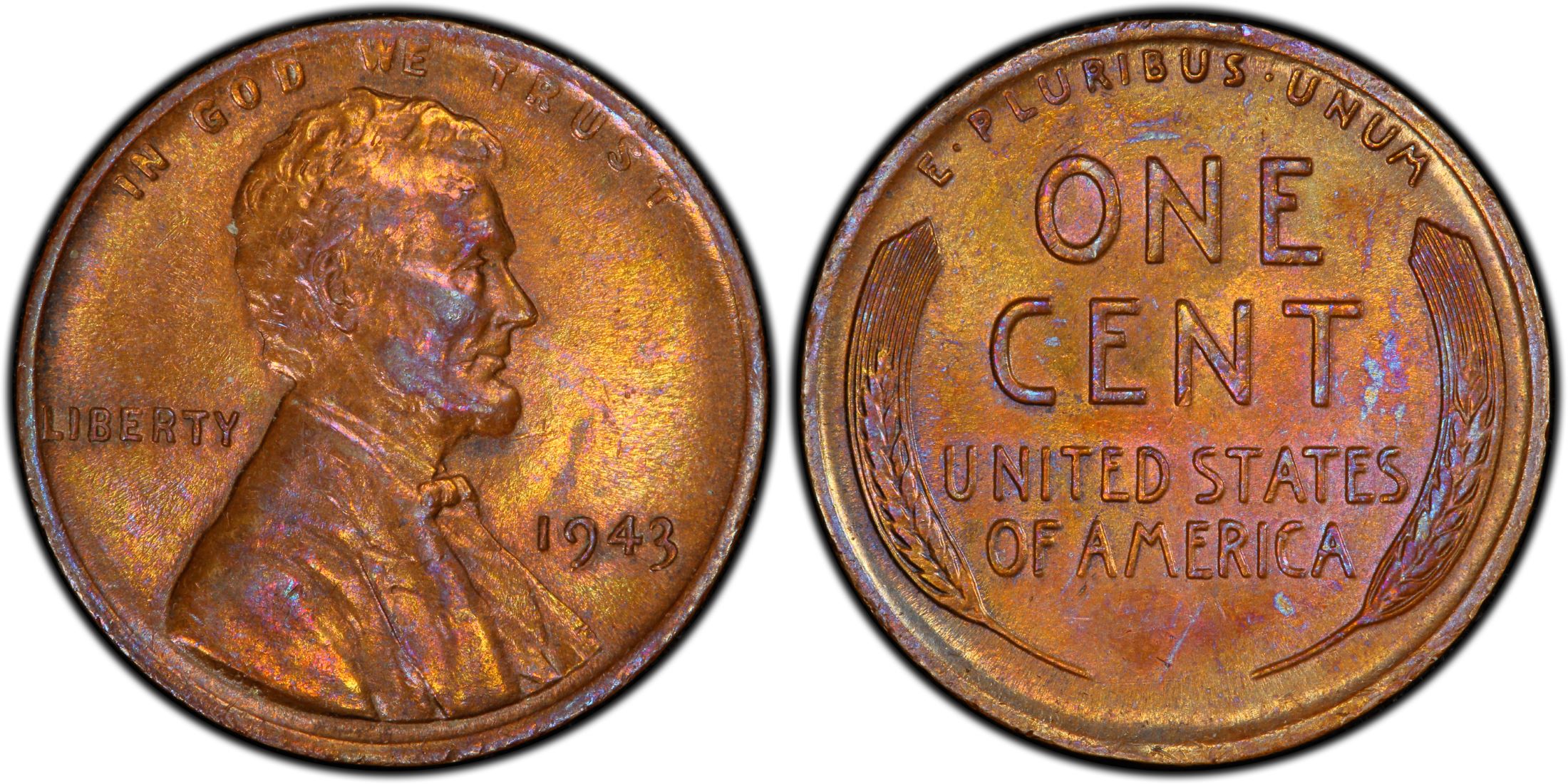
Why It’s Special:
- During World War II, the U.S. switched to steel pennies to conserve copper.
- A few copper pennies were mistakenly minted, making them extremely rare.
- One sold for $1.7 million at auction.
How to Identify:
- Test with a magnet – Steel pennies will stick, but a real 1943 Copper Penny won’t.
5. The 1913 Liberty Head Nickel – $4.5 Million

Why It’s Special:
- No official records exist of its production.
- Only five are known to exist.
- Sold for $4.5 million in a private sale.
Tip: If you have an old Liberty Head Nickel, check the year—it could be a 1913 rarity!
6. The 2007 $1 Million Canadian Gold Maple Leaf – $4 Million

Why It’s Special:
- Made from 100 kilograms of pure gold.
- One of the largest and purest gold coins ever made.
- Its massive size and rarity have driven its value up to $4 million.
Tip: Gold coins from any country can be valuable—always research their history!
How to Identify Rare Coins in Your Collection
If you have a coin collection, it’s worth checking for hidden gems. Follow these steps:
Step 1: Check the Year & Mint Mark
- Look for specific years like 1943, 1913, 1794, or 1787.
- The mint mark (small letter under the year) can impact value.
Step 2: Look for Minting Errors
- Double strikes, off-center images, or wrong dates can mean big money.
- Examples: 1955 Doubled Die Penny, 2004 Wisconsin Extra Leaf Quarter.
Step 3: Assess the Condition (Grade)
- Coins are graded from 1 (poor) to 70 (perfect).
- Higher grades mean higher prices.
Step 4: Get Expert Appraisal
- Use professional grading services like PCGS or NGC.
- Visit coin shows or numismatic associations for expert opinions.
Step 5: Research Online Resources
- Websites like NumisMedia, CoinTrackers, and Heritage Auctions provide price guides.
Tips for Selling Rare Coins
Selling a valuable coin is exciting, but it’s important to do it right:
- Authenticate Your Coin – Get certification from PCGS or NGC to verify its value.
- Research Market Prices – Check auction records to know what your coin is worth before selling.
- Choose the Right Selling Platform:
- Auction Houses (Heritage, Stack’s Bowers) – Best for high-value coins.
- Online Platforms (eBay, PCGS Marketplace) – Reach a broad audience.
- Coin Dealers – Quick sales, but may offer lower prices.
- Use Social Media & Forums – Platforms like Reddit r/coins and Facebook groups connect you with collectors.
Rare coins are more than just collectibles—they are pieces of history with incredible value. Whether you stumble upon an old copper penny, a forgotten silver dollar, or a mysterious gold coin, taking the time to research and authenticate it could lead to an unexpected fortune.
Could your collection hold the next million-dollar treasure? Start looking today.
FAQs
Are there still valuable rare coins in circulation?
Yes. Some rare pennies and quarters are still found in everyday pocket change.
How do I know if my coin is rare?
Check the year, mint mark, and condition. Look for errors and get professional grading.
What’s the best way to sell a rare coin?
Auction houses, certified coin dealers, and online platforms like Heritage Auctions or PCGS Marketplace.

